Gongfu brewing is quite versatile – you can control all the variables, including the amount of tea, the amount of water, the timing of the infusions, etc. You can adjust infusions as you go to try to get the best cup of tea from the leaves. However, it is not the only way to brew, nor is it always the best suited for whatever tea you drink.
These days I use a small pot to brew tea at work, with an electric kettle that has served me quite well. I mix waters so the tea is not suffering from the ultra-filtered water we use at work. It works reasonable well. At home, with kids, it’s difficult to do any kind of gongfu brewing. Instead, I grandpa everything. This may come as a surprise to some, but for some teas, grandpa-ing the tea actually produces better results.
I’ve talked about this briefly before. The thing you have to remember is when you brew teas in vastly different ways, the tea itself changes character in really obvious metrics. A tea you think you’re familiar with can appear wholly unrecognizable. The most obvious for these is aged oolongs. You might think that oolongs are best brewed in gongfu style. This may seem especially odd for aged oolong, which can be a bit sour. Wouldn’t grandpa-ing the tea make it even more sour?
Funny enough, the answer to that question is usually no. In fact, I’ve found over many years of drinking this stuff in various ways that grandpa-ing is often the best way to drink aged oolongs – even better than drinking in a small pot. If you gongfu an aged oolong, what often happens is the tea can be a bit thin, and a bit sour. There’s not a lot to recommend the tea. The same tea, however, throw into a big mug and just stewed for minutes before you even attempt your first sip, can be fragrant, full bodied, and quite pleasant. The acidity is now enhancing the drink, instead of making it worse – in the same way that acidity in a wine can make it a better experience. There are aged oolongs I’ve had that taste sharp and kinda nasty when gongfu brewing, but are an absolute delight when drunk grandpa style. I haven’t given up drinking aged oolongs gongfu style completely yet, because some teas do work better for that, but in general, I’d say it’s at best a tossup.
Even for semi-aged puerh, I think one should at least try drinking them grandpa style, or at the very least using a much lower tea to water ratio but with longer steep times. The result is usually a richer taste – I have some teas that appear thicker, and more fragrant, when I grandpa them. In gongfu style, they’re instead a bit weak and not terribly interesting.
I think what’s going on is that for some teas, the amount of time you need for whatever it is in the leaves to be pulled out of the water varies for different types of whatever proteins it is that is giving you that particular flavour. If you do short and fast steeps, as is pretty normal in a gongfu style brew, then they all come in succession – with none of the cups being particularly satisfying. Instead, when you steep them long and slow in a big mug and then drunk together, the result is far more interesting, and the individual elements – such as the sourness – blend into the tea in a way that is not obtrusive. As James said recently, drink with an open mind and don’t get stuck in the same routine. The results can be surprising.

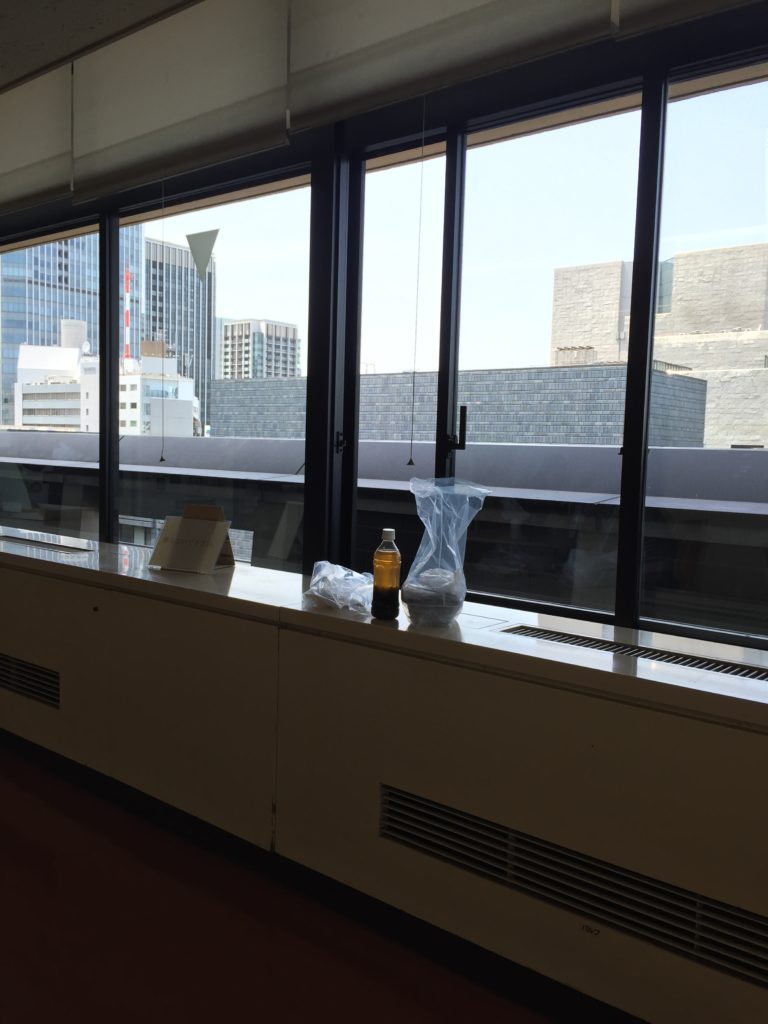
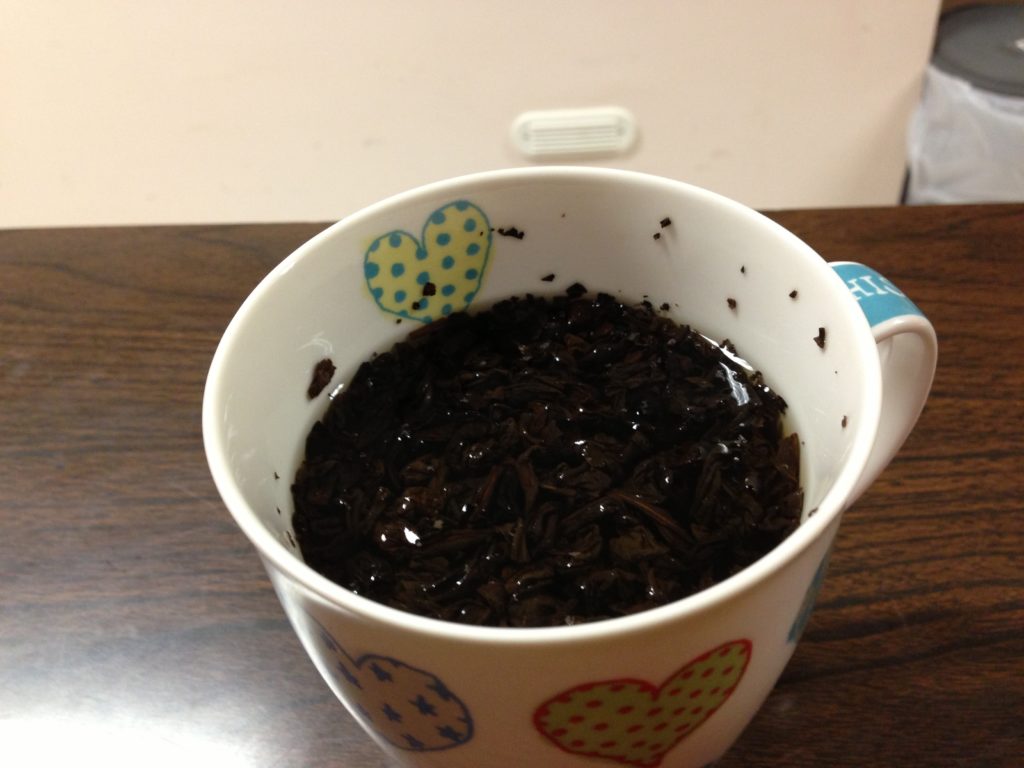

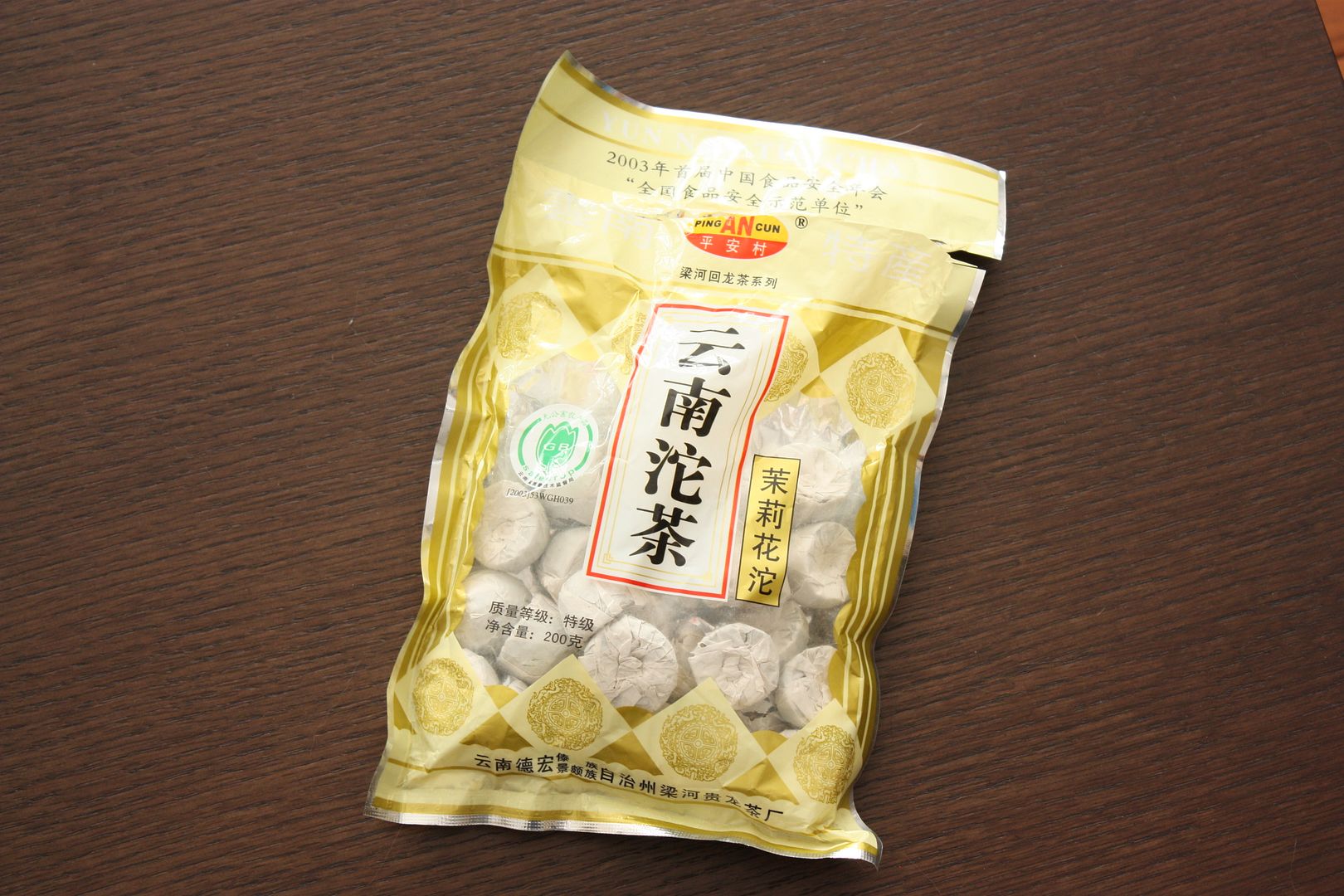
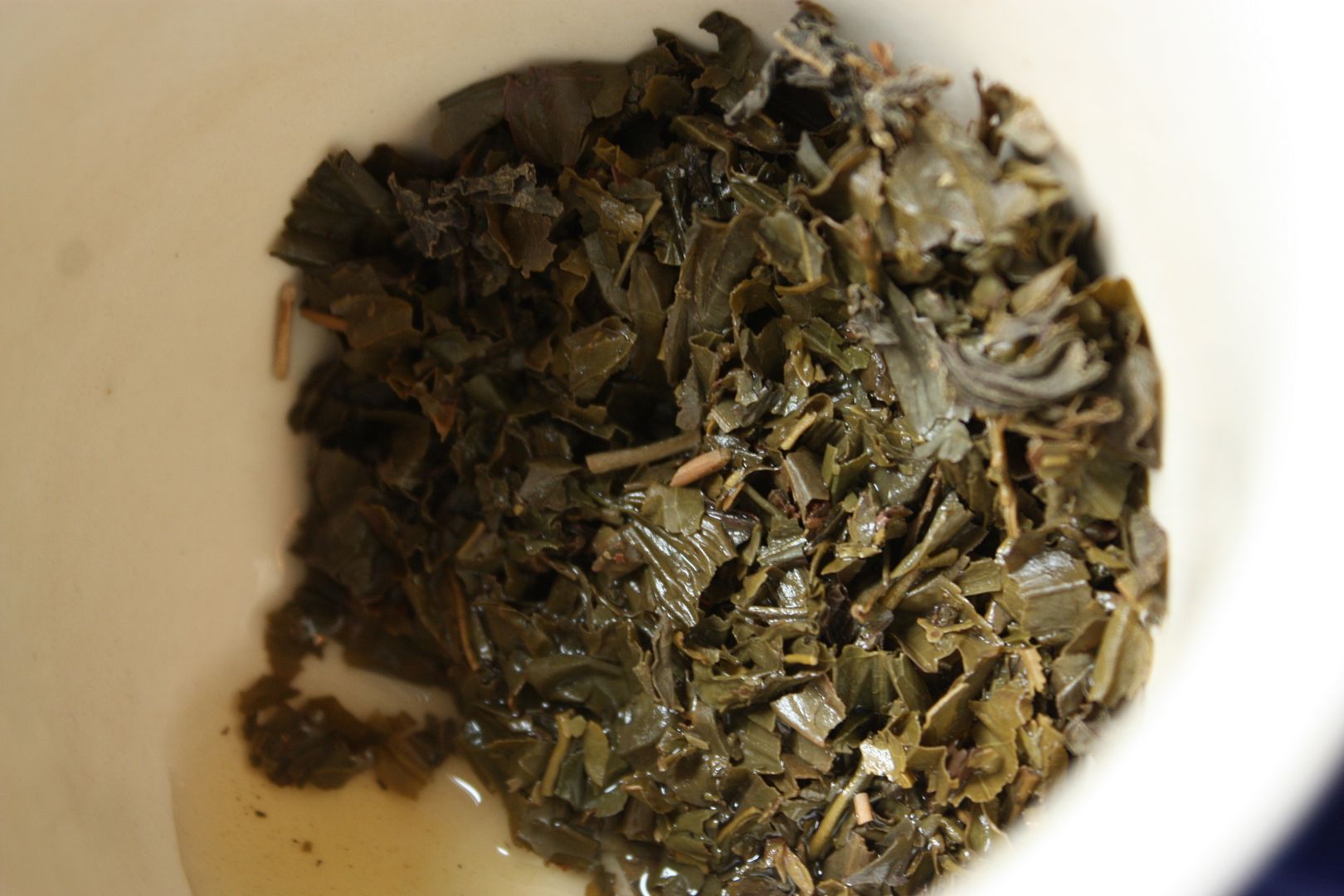
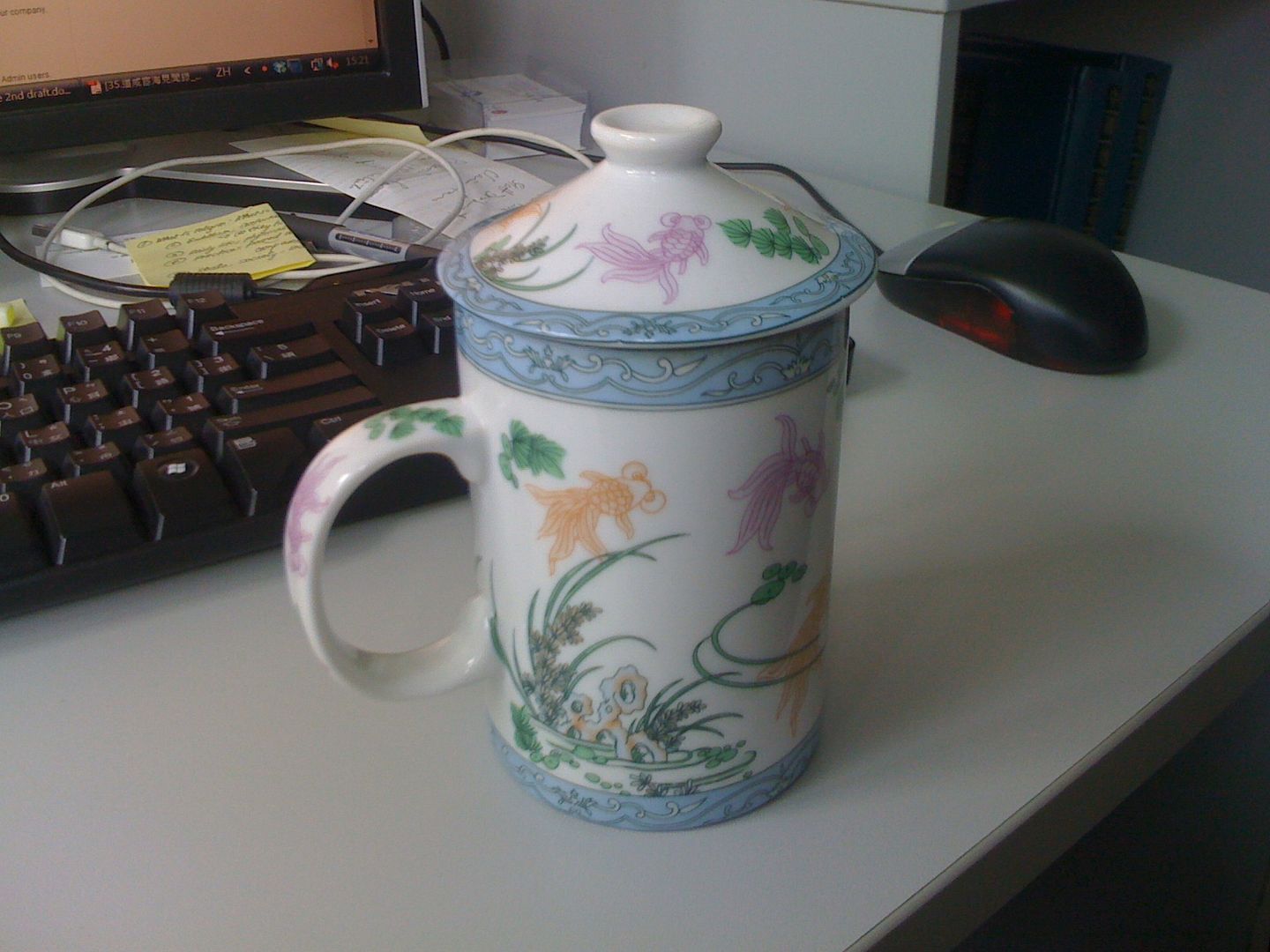
 RSS - Posts
RSS - Posts
I took you at your suggestion and have been reading some of your old post-Covid posts. I haven’t been to…